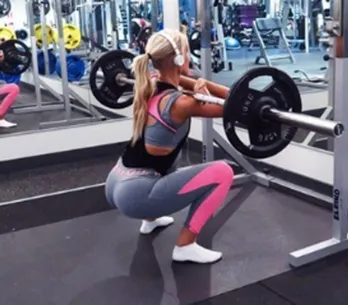A balanced diet isn't just a theory: it should be followed every day!
Basic rules
To meet the body's essential nutrient requirements in vitamins, minerals, oligo-elements, fat, carbs, fibre and water, you need to vary your diet and ensure you eat enough dairy produce, fruit and vegetables, starch, meat, fish and eggs etc.
So the ideal meal should be composed of:
1 raw or cooked vegetable
1 source of animal protein: meat, fish, eggs
1 portion of carbs (cereal, potatoes, pasta) and/or bread
1 dairy product (cheese, yoghurt etc)
1 cooked or raw fruit
Portion sizes will depend on the individual's needs according to their age, sex, size, level of activity, etc.
A typical balanced meal for women
1 starter: crudites, soup or protein (a slice of ham or a hard boiled egg, for example)
1 portion (on average 130g) meat or fish, or 2 eggs
1 portion of vegetables (200g)
1 portion of bread (30 to 50g) and/or carbs (100 to 150g cooked carbs such as pasta)
1 dairy product: yoghurt or 30-40g cheese
1 dessert, eg fruit
Meal examples
1)
Grated carrots in vinaigrette
Minced beef
Green beans
Steamed potatoes
Natural yoghurt
Fruit purée
2)
Half a grapefruit
Grilled salmon
Spinach
Rice
Cream dessert
Adjustments
Everyone can and should adapt their diet to their taste and habits. A starter, for example, is not essential, although it can help regulate weight by reducing the desire for pudding! Don't force yourself to eat a whole meal if you're not hungry. It's not always practical to stuff a starter, main and dessert down your throat when you only have 30 minutes to eat. Though varied meals with a starter and dessert are recommended, it's essential you eat a balanced diet throughout the day to give your body the energy it needs to function properly.













